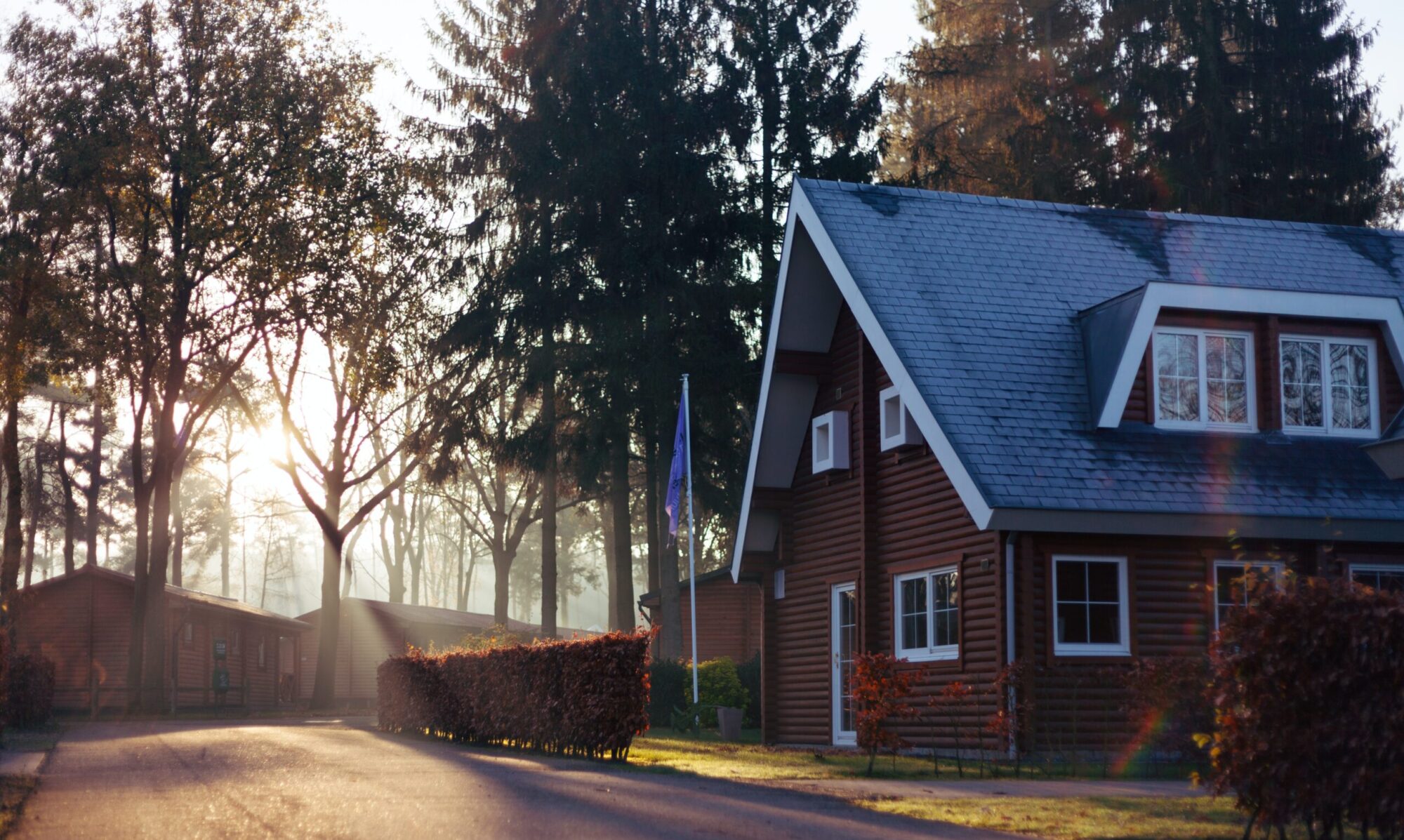Most homes in Texas are designed with a pitched roof which is one that consists of two or more angles that meet at a point at the top.
When designing the roofing structure, the degree of pitch can differ depending on the architecture of the home, local weather conditions, and more.
Deciding between a steep or shallow roofing pitch requires some understanding of pitch and the pros and cons of each.
What is Roof Pitch?
Pitch is defined as the amount of rise built into the roof in comparison to the length of the space the roof is covering.
It is documented as a ratio, with a shallow pitch being 3:12 or 3 inches in rise for every 12 inches in length and a steep pitch being 5:12 or even 6:12.
The average pitch used for many roofs is 4:12, though there are instances where lower or higher pitches might be more favorable based on the typical weather conditions in a region.
What Are The Pros and Cons of When A Steep Pitch Can Be Used?
Generally, roofers suggest that the steeper the roof pitch, the more desirable it is in regions with heavy rains or where large amounts of snow are expected in the wintertime.
Steep pitches promote snow melt with snow and water sliding off the roof more quickly.
The downside of having a more steeply pitched roof is that they receive greater wind exposure, making them noisier and the roofing is more susceptible to wind damage.
The steep design also makes it more difficult for roofers to work up there, many times requiring scaffolding and other specialty equipment to do so.
What About Pitch on Shallow Roofs?
On the opposite end of the scale, especially shallow roofs are quieter and less likely to sustain wind damage than steeper ones, but they can hold water and snow longer, making leaking more possible.
This can be a concern in many parts of Texas where heavy rains are common.
What Is The Best Option For A Texas Home?
Most roofers recommend a pitch of at least 3:12 but less than 5:12 to achieve a good balance.
In these cases, the roof pitch should be steep enough to reduce the chance of water damage due to the heavy rains that are common, but not so steep that the strong winds that are also common can cause damage.
With this type of roofing architecture, whether a pitched roof is in gable, pyramid, or another pitched form, it should withstand weather conditions in Texas fairly well.
